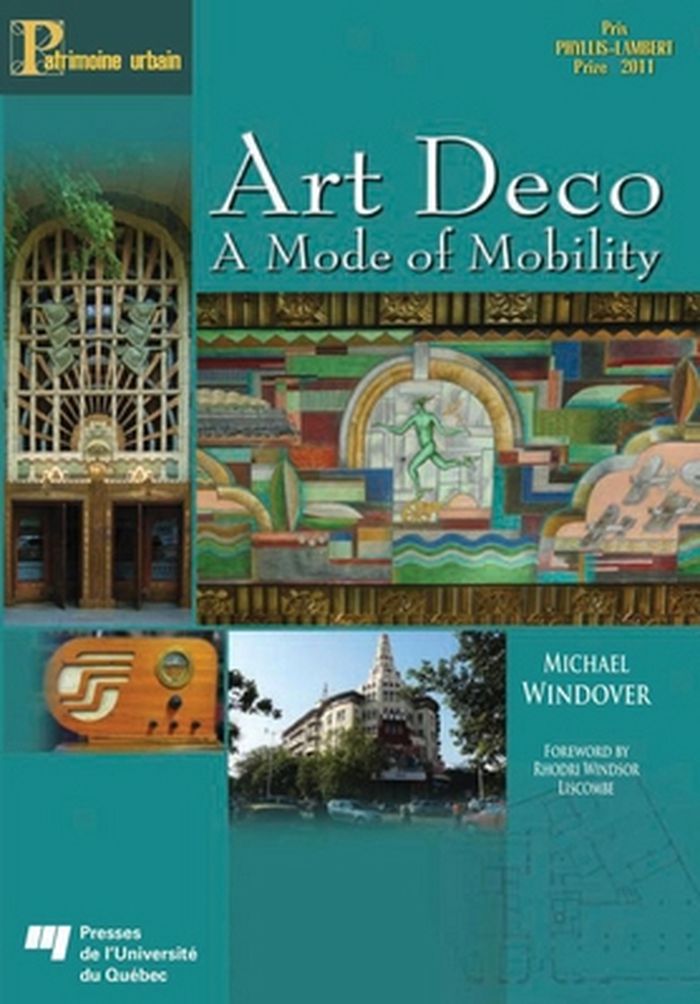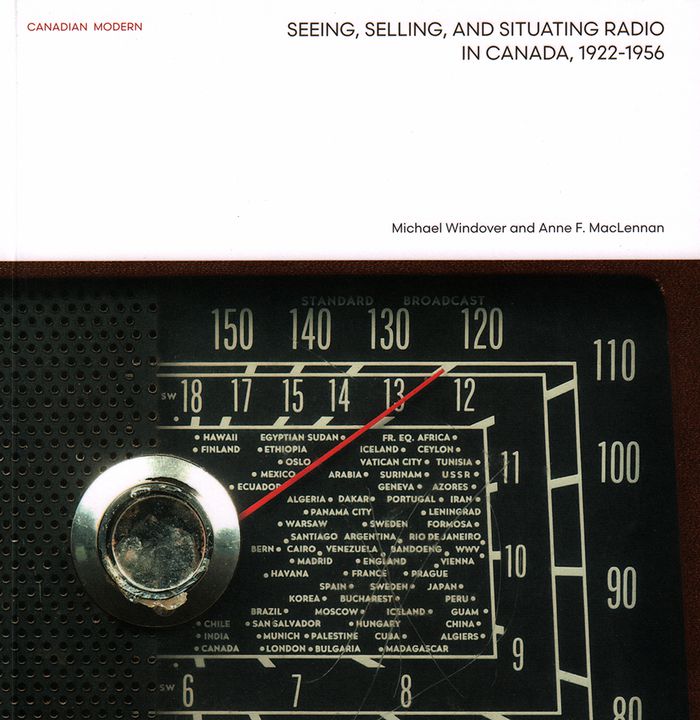Art Deco: a mode of mobility
$40.00
(available to order)
Summary:
This book argues that mobility is the central theme of the interwar mode of design known today as Art Deco. It is present on the very surfaces of Art Deco objects and architecture – in iconography and general formal qualities (whether the zigzag rectilinear forms ¬popular in the 1920s or curvilinear streamlining of the 1930s). By focussing on mobility as a means of tying(...)
Art Deco: a mode of mobility
Actions:
Price:
$40.00
(available to order)
Summary:
This book argues that mobility is the central theme of the interwar mode of design known today as Art Deco. It is present on the very surfaces of Art Deco objects and architecture – in iconography and general formal qualities (whether the zigzag rectilinear forms ¬popular in the 1920s or curvilinear streamlining of the 1930s). By focussing on mobility as a means of tying the seemingly disparate qualities of Art Deco together, Michael Windover shows how the surface-level expressions correspond as well with underpinning systems of mobility, including those associated with migration, transportation, commodity exchange, capital, and communication.
Design, Periods and Styles
$34.95
(available to order)
Summary:
'Seeing, Selling, and Situating Radio in Canada, 1922-1956' examines the visual, material, and spatial presence of radio as it reshaped Canadian society in the second quarter of the twentieth century. Through an analysis of radio sets and advertisements, the authors explain how marketing and design were crucial to convincing Canadians to adopt this modern technology. They(...)
Seeing, selling and situating radio in Canada, 1922-1956
Actions:
Price:
$34.95
(available to order)
Summary:
'Seeing, Selling, and Situating Radio in Canada, 1922-1956' examines the visual, material, and spatial presence of radio as it reshaped Canadian society in the second quarter of the twentieth century. Through an analysis of radio sets and advertisements, the authors explain how marketing and design were crucial to convincing Canadians to adopt this modern technology. They also discuss how new kinds of spaces were produced by radio, by tracing its intersecting networks of communication and commercialism, public and private places, material and imagined sites. Contains a series foreword by Michelangelo Sabatino and an introduction by Christine Macy.
Architecture in Canada

